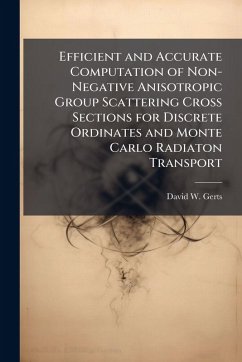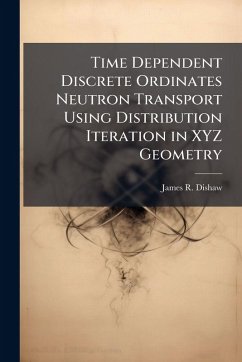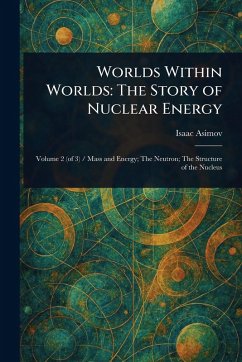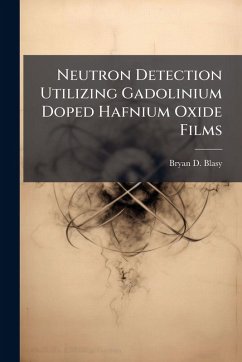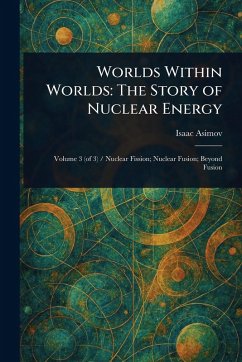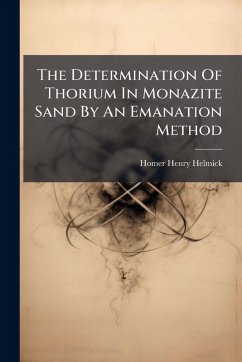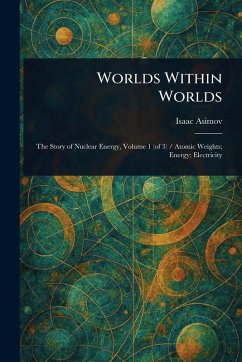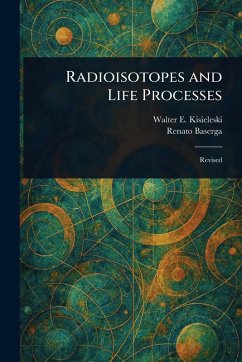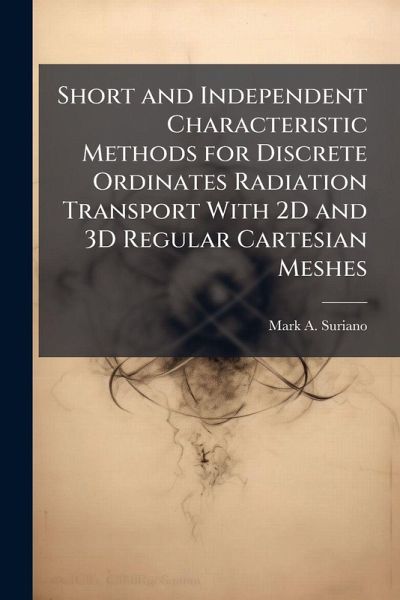
Short and Independent Characteristic Methods for Discrete Ordinates Radiation Transport With 2D and 3D Regular Cartesian Meshes

PAYBACK Punkte
11 °P sammeln!
Accurate, reliable, and robust discrete neutral particle radiation transport codes are needed in order to perform realistic 3D engineering calculations. Current neutron transport codes use low order spatial quadratures that are inaccurate unless a highly refined spatial mesh is used. In this work various higher order characteristic spatial quadratures are derived, implemented, and tested. Regular meshes of rectangular (2D) and of rectangular parallelepiped (boxoid) cells are supported. Short characteristic (linear characteristic [LC] and exponential characteristic [EC]) methods are compared wi...
Accurate, reliable, and robust discrete neutral particle radiation transport codes are needed in order to perform realistic 3D engineering calculations. Current neutron transport codes use low order spatial quadratures that are inaccurate unless a highly refined spatial mesh is used. In this work various higher order characteristic spatial quadratures are derived, implemented, and tested. Regular meshes of rectangular (2D) and of rectangular parallelepiped (boxoid) cells are supported. Short characteristic (linear characteristic [LC] and exponential characteristic [EC]) methods are compared with the corresponding independent characteristic (ILC and IEC) methods. The latter readily provide for plane-parallel implementation. All transport results were benchmarked against Monte Carlo calculations. The diamond difference (DD) method was also tested and compared to the characteristic spatial quadratures. IEC and EC were found to be robust, reliable, and accurate for thin, intermediate, and optically thick cells. LC was robust, reliable, and accurate for cells of thin to intermediate (approximately 2 mean free paths) optical thickness. ILC was not pursued in 3D due to its anticipated excessive computational cost. DD was unreliable (as expected) over the range of test problems. We conclude that IEC and EC are apt methods for a wide range of problems, and provide the ability to perform realistic engineering calculations on coarse cells given nonnegative group-to-group, ordinate-to-ordinate cross section data. This work has been selected by scholars as being culturally important, and is part of the knowledge base of civilization as we know it. This work was reproduced from the original artifact, and remains as true to the original work as possible. Therefore, you will see the original copyright references, library stamps (as most of these works have been housed in our most important libraries around the world), and other notations in the work. This work is in the public domain in the United States of America, and possibly other nations. Within the United States, you may freely copy and distribute this work, as no entity (individual or corporate) has a copyright on the body of the work. As a reproduction of a historical artifact, this work may contain missing or blurred pages, poor pictures, errant marks, etc. Scholars believe, and we concur, that this work is important enough to be preserved, reproduced, and made generally available to the public. We appreciate your support of the preservation process, and thank you for being an important part of keeping this knowledge alive and relevant.



